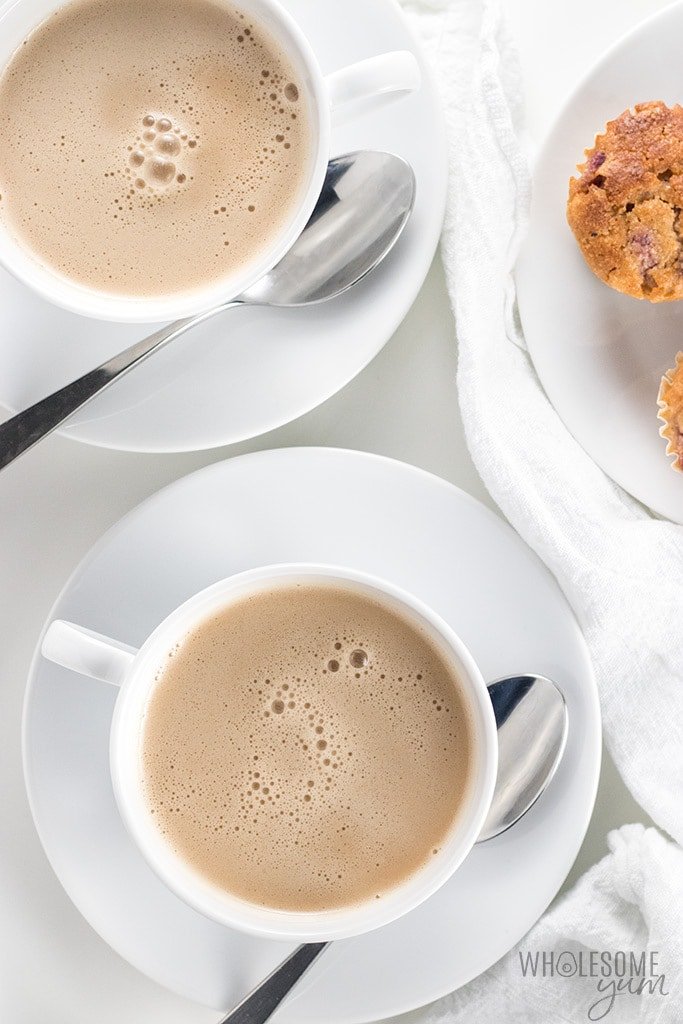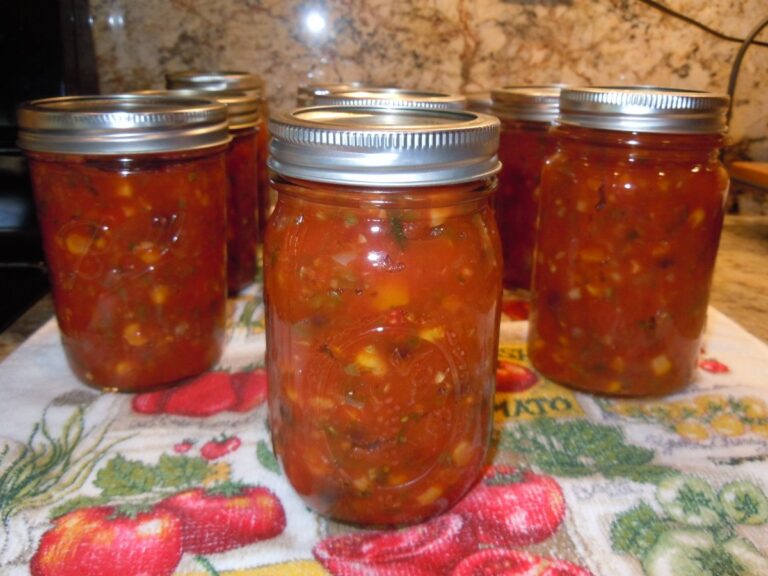The Ultimate Brown Ale Recipe: Delicious And Easy To Make!
Looking for a delicious brown ale recipe? Look no further! In this article, we’ll share a mouthwatering brown ale recipe that will surely tantalize your taste buds. Imagine the rich aroma of roasted malt, the smooth caramel notes, and the perfect balance of hops. Brewing your own brown ale at home not only allows you to customize the flavor to your liking but also gives you a great sense of accomplishment. So, let’s dive right in and get brewing!
Brown Ale Recipe: A Perfect Blend of Malty and Nutty Flavors
Are you a beer lover who appreciates a smooth and flavorful brew? Look no further than the classic brown ale. With its rich mahogany color and complex malt profile, brown ale offers a satisfying drinking experience that’s hard to resist. Whether you’re a beginner homebrewer or a seasoned beer enthusiast, this comprehensive brown ale recipe will guide you through the brewing process.
Ingredients:
To brew your own batch of brown ale, you’ll need the following ingredients:
- 8 pounds of Pale Malt
- 1 pound of Crystal Malt
- 8 ounces of Chocolate Malt
- 4 ounces of Black Patent Malt
- 1 ounce of Fuggle hops (bittering)
- 1 ounce of Willamette hops (aroma)
- 1 package of Ale yeast
- 5 gallons of water
Equipment:
Before diving into the brewing process, make sure you have the necessary equipment:
- Large Brew Pot (10+ gallons)
- Fermenter (glass carboy or plastic bucket)
- Airlock and Stopper
- Thermometer
- Hydrometer
- Auto-siphon or Racking Cane
- Sanitizing Solution
- Bottles or Kegging System
- Bottle Capper or Kegging Equipment
Step-by-Step Instructions:
Now that you have all the ingredients and equipment ready let’s dive into the brewing process:
Step 1: Preparing the Water
1. Fill your brew pot with 5 gallons of water.
2. Heat the water to a temperature of around 160°F (71°C).
Step 2: Mashing
1. Crush the grains (Pale Malt, Crystal Malt, Chocolate Malt, and Black Patent Malt) using a grain mill or a homebrew shop’s milling service.
2. Add the crushed grains to a mesh bag or stainless steel strainer.
3. Place the bag/strainer with grains into the heated water (maintain the temperature at 152°F/67°C).
4. Stir the grains to ensure even water distribution and prevent clumping.
5. Let the grains steep in the water for about 60 minutes, allowing enzymes to convert starches into fermentable sugars.
6. After an hour, remove the bag/strainer and let it drain. Do not squeeze as it can release unwanted tannins.
7. Discard the spent grains.
Step 3: Boiling and Hopping
1. Bring the wort (liquid extracted from the grains) to a boil.
2. Once boiling, add the bittering hops (Fuggle) and let it boil for about 60 minutes.
3. After 60 minutes, add the aroma hops (Willamette) and continue boiling for an additional 5 minutes.
4. Turn off the heat and cool the wort rapidly to around 70°F (21°C).
Step 4: Fermentation
1. Transfer the cooled wort to a sanitized fermenter.
2. Sprinkle the ale yeast on top of the wort and gently stir.
3. Seal the fermenter with an airlock and let it sit undisturbed in a cool, dark place for about one to two weeks.
4. Fermentation is complete when the airlock activity slows, and the specific gravity remains constant for a couple of days.
Step 5: Bottling or Kegging
1. Once fermentation is complete, sterilize your bottles or keg thoroughly.
2. If bottling, dissolve priming sugar (corn sugar) in boiling water and add it to the beer for natural carbonation.
3. Fill bottles or keg with the fermented beer.
4. Cap the bottles using a bottle capper or seal the keg.
5. Store the bottles/keg in a cool, dark place (around 70°F/21°C) for approximately two to three weeks to allow carbonation to occur.
Step 6: Enjoy the Fruits of Your Labor
1. After the carbonation period, refrigerate the bottles/keg for a few days to let the flavors meld and the beer further clarify.
2. Pour a glass of your homemade brown ale, taking care not to disturb any sediments at the bottom.
3. Savor the delicious blend of malty and nutty flavors, and raise a toast to your brewing success!
Tips and Variations:
Here are a few tips and variations to consider when brewing your brown ale:
- Experiment with different types of malt to personalize the flavor profile of your brown ale. You can try adding some roasted barley for a more roasted flavor.
- Consider adjusting the hop additions to suit your preference for bitterness and aroma. You can increase or decrease the hop quantities or try different hop varieties for unique flavors.
- For an extra layer of complexity, you can age your brown ale in oak barrels or add oak chips during fermentation.
- Additions like spices (cinnamon, nutmeg) or fruit (cherries, berries) can add a twist to your brown ale recipe. Just make sure to research proper quantities and timing for these additions.
Now that you have a solid brown ale recipe and brewing instructions, it’s time to unleash your inner brewmaster and embark on a flavorful beer-making journey. With a little patience and creativity, you’ll soon be enjoying your very own homemade batch of brown ale. So, gather your ingredients, gear up with your brewing equipment, and get ready to brew a beer that will impress your friends and delight your taste buds. Cheers to your brewing success!
Home Brewing: All Grain Brown Ale Beer Recipe
Frequently Asked Questions
What is a brown ale?
Brown ale is a style of beer that originated in England. It is a malty and lightly hopped beer with a brown color, hence the name. The flavor profile of brown ale can vary, but it is often described as having notes of caramel, chocolate, and nuttiness.
What ingredients are typically used in a brown ale recipe?
A typical brown ale recipe includes malted barley, water, hops, and yeast. The specific types of malt and hops used can vary depending on the desired flavor profile, but caramel and chocolate malts are commonly used to achieve the characteristic malty sweetness.
How do I brew a batch of brown ale at home?
To brew brown ale at home, you will need to gather your ingredients and equipment, such as a brew kettle, fermenter, airlock, and thermometer. The brewing process involves mashing the grains, boiling the wort, adding hops, cooling the wort, and fermenting it with yeast. Detailed instructions can be found in various homebrewing resources and books.
What are some popular variations of brown ale?
There are several popular variations of brown ale. One well-known variation is the English brown ale, which tends to have a balanced flavor and lower alcohol content. American brown ales, on the other hand, often have a more pronounced hop presence and can be stronger in alcohol. Other variations include nut brown ale, which has a nutty flavor, and Belgian brown ale, which may have fruity or spicy notes.
How long does it take to ferment and age a batch of brown ale?
The fermentation and aging process for brown ale can vary, but a general guideline is to allow the beer to ferment for about one to two weeks. After fermentation, it is typically recommended to let the beer age for a few additional weeks in order to develop its flavors and carbonation. However, some brewers prefer to age brown ale for longer periods of time to achieve a smoother and more complex taste.
Can I customize the flavor of my brown ale recipe?
Absolutely! Brewing beer at home allows for endless possibilities of customization. You can experiment with different malt varieties, hops, and yeast strains to tailor the flavor of your brown ale to your preferences. You can also add additional ingredients such as spices, fruit, or even oak chips to enhance the complexity of the beer.
Final Thoughts
In conclusion, the brown ale recipe offers a rich and flavorful option for beer enthusiasts. Using a combination of malt, hops, and yeast, this recipe yields a smooth, caramel-tinged brew with hints of chocolate and roasted nuts. The brewing process involves careful temperature control and a fermentation period to ensure optimal flavor development. Whether you’re a seasoned homebrewer or a beginner, this brown ale recipe provides a rewarding brewing experience and a delicious end result. Cheers to enjoying a glass of this delightful brown ale that perfectly balances maltiness and hop bitterness.



